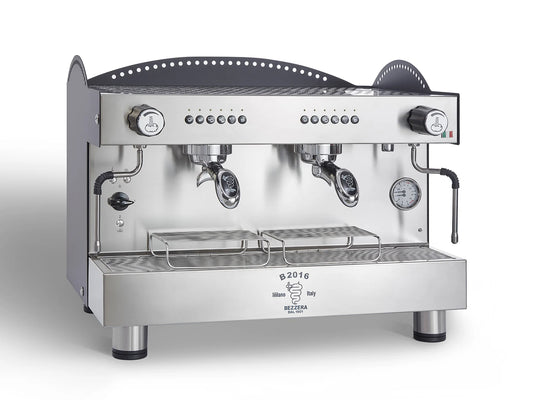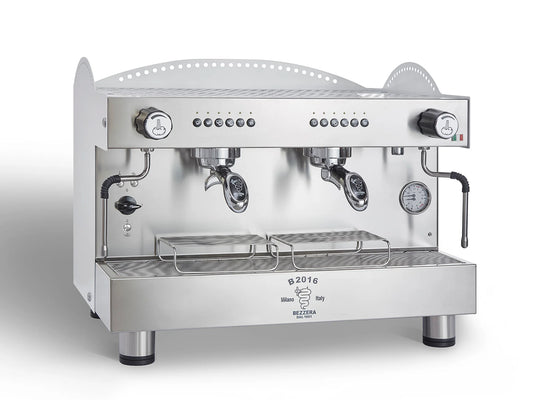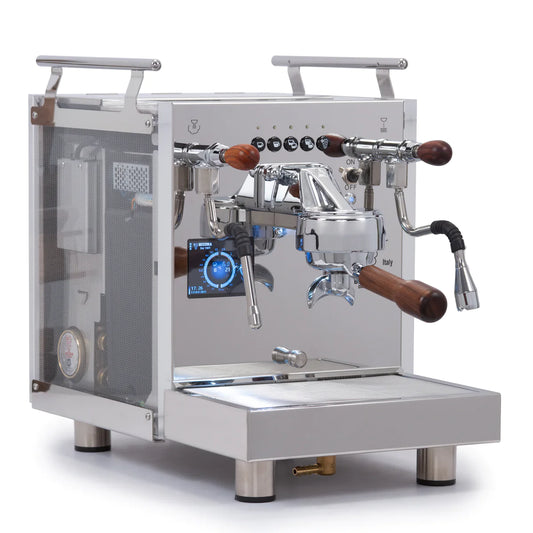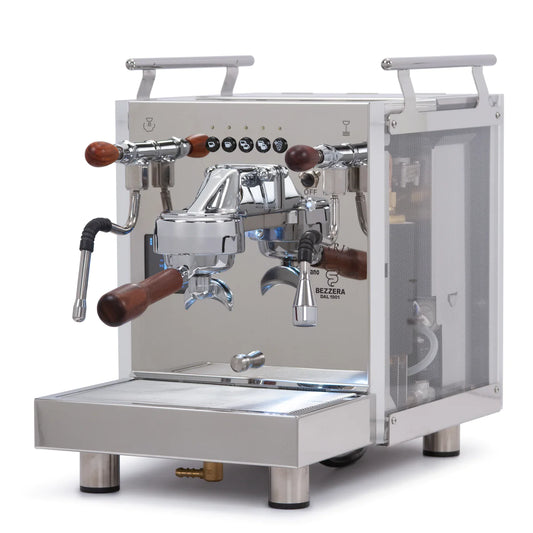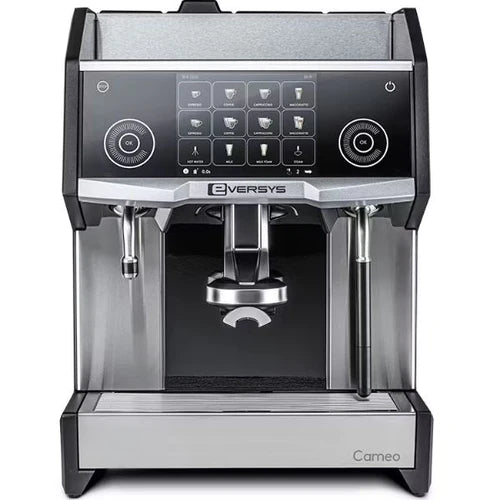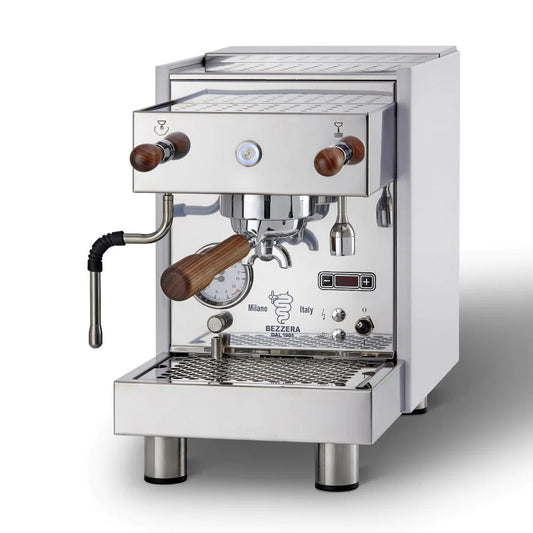The Rise of Matcha: How Changing Trends Are Shaping the UK Coffee Market
Table of Contents
- Key Highlights:
- Introduction
- The Matcha Craze: A Changing Consumer Palette
- The Impact of Economic Factors on Coffee Choices
- The Rise of Independent Coffee Shops
- The Coca-Cola Gamble: Future Plans for Costa Coffee
- Navigating the Competitive Coffee Landscape
- Building Customer Loyalty: The Balancing Act
- Conclusion
Key Highlights:
- Costa Coffee faces challenges due to shifting consumer preferences as younger generations increasingly favor matcha-based drinks over traditional coffee options.
- The crisis has prompted Coca-Cola to consider selling Costa Coffee amid projections that its value could decrease significantly from its 2019 acquisition price.
- Independent coffee chains like Blank Street Coffee are thriving by introducing trendy, aesthetically appealing matcha beverages that resonate with younger drinkers.
Introduction
The UK coffee landscape is undergoing a transformation, with traditional coffee chains like Costa Coffee grappling with changing consumer preferences marked by a growing fascination for matcha and independent coffee establishments. As younger generations seek healthier, visually appealing drink options, the demand for matcha—a powdered green tea from Japan—has surged, prompting larger chains to scramble for relevance. This re-evaluation of what constitutes a coveted beverage comes during a time when economic pressures are causing consumers to scrutinize their spending more closely. Understanding this dynamic can shed light not only on market competition but also on the evolving desires of a savvy and health-conscious demographic.
The Matcha Craze: A Changing Consumer Palette
The global matcha trend has gained substantial traction, particularly among younger consumers who view matcha as a luxurious yet affordable indulgence. Originating from Japanese tea culture, matcha is not only celebrated for its vibrant green hue but also for its purported health benefits, which include antioxidants and a smoother caffeine experience compared to conventional coffee. This has made matcha an attractive alternative for health-conscious drinkers who prioritize clean living and prefer products that they believe fit within a healthy lifestyle.
The increasing popularity of matcha-based beverages—some of which are creatively designed to be Instagram-worthy—has sparked not only consumer interest but also fierce competition among brands. Major coffee chains like Starbucks and Pret a Manger have embraced the trend, adding matcha lattes to their menus. Additionally, smaller, artisanal coffee shops have generated buzz around unique offerings such as green matcha waffles, tapping into the aesthetic and health-oriented values that resonate with modern consumers.
For younger demographics—especially Generation Z—matcha has emerged as a fashionable drink that combines the elements of wellness and visual appeal. The vibrant, green-colored drinks stand out on social media platforms, leading to viral trends on TikTok, further amplifying the influence of user-generated content in shaping the preferences of this age group.
The Impact of Economic Factors on Coffee Choices
As the cost of living rises, consumers are increasingly looking for value in their spending. Young people are more selective about their purchases, wanting to ensure that a £5 coffee offers something distinctive beyond what they can achieve at home. Clare Bailey, an independent retail analyst, notes that businesses must adapt to these changing consumer behaviors, suggesting that those that fail to reimagine their offerings may find themselves in precarious positions.
The intersection of quality and price is pivotal in the decision-making process of consumers. For instance, while Costa Coffee offers a range of frappés and fruit coolers, their formulation—often laden with syrups and whipped cream—may not align with the encrypted desires of the clean-living demographic that seeks healthier and simpler options.
Furthermore, younger consumers increasingly gravitate toward coffee establishments that provide not only great beverages but also an overall experience. Whether that means visiting a small, independent café that uses locally sourced ingredients or enjoying time spent in beautifully designed spaces, the ambiance plays a crucial role in consumer loyalty.
The Rise of Independent Coffee Shops
The emergence and exponential growth of independent coffee shops cannot be overlooked in the current landscape. In the last five years, the number of independent coffee outlets in the UK has soared, reflecting a thirst among consumers for unique café experiences that larger chains struggle to replicate. A significant factor in this trend has been the proliferation of social media, where small cafés can showcase their offerings, attracting potential customers with visually appealing drinks and a unique atmosphere.
Blank Street Coffee, which started in Brooklyn in 2020, has captured the hearts of many through its vibrant matcha drinks and visually striking cafés. With endorsements from celebrities like Molly-Mae Hague and Sabrina Carpenter, it has successfully positioned itself as a hyper-local brand with a cult-following, particularly among younger patrons drawn to its engaging social media presence. The success of this brand underscores a shift in how coffee shops are marketed today—a focus on lifestyle branding as much as product quality.
In contrast, established chains like Costa Coffee are left navigating a complex market filled with times where merely being a recognizable name isn't enough to ensure patronage. The ease and convenience of independent establishments have prompted many former loyal customers to seek out new options, as demonstrated by consumers like Mimoza Emsa, who diverted her coffee routine from Costa to Pret due to proximity and the value of store subscriptions.
The Coca-Cola Gamble: Future Plans for Costa Coffee
Coca-Cola, recognizing that Costa Coffee has not met the intended goals since its 2019 acquisition for £3.9 billion, is exploring new avenues for growth. The company's chief executive, James Quincey, disclosed that the chain's current standing is not what they expected, prompting a reassessment of its position in an increasingly competitive market. Market analysts speculate that the chain's valuation might have halved since its purchase, with proponents highlighting the need for greater adaptability.
In light of these challenges, the company is collaborating with investment bank Lazard to consider various strategic options, including the possibility of selling the coffee chain outright. Observing the financial landscape adds a layer of urgency to the business's ability to innovate and remain relevant in a space marked by rapid consumer change.
Despite reporting £1.2 billion in revenue in 2023, Costa Coffee faced severe financial hurdles, yielding an operating loss of £14 million influenced by inflationary pressures. This duality of financial success yet operational struggle emphasizes the need for a recalibration of competition strategy, particularly against rising independent and specialty coffee shops that continue to draw crowds with tailored experiences.
Navigating the Competitive Coffee Landscape
The overall coffee shop market in the UK has seen a dramatic increase in the number of branded coffee chain outlets, rising from 9,800 five years ago to approximately 11,450, while the number of independent shops has climbed to around 12,400. This growing competition signifies a decisive shift in consumer preference towards diverse and innovative offerings, urging chains to refine their unique selling propositions.
Industry experts like Clive Black also express that Costa Coffee is not an outlier; other major brands face similar struggles as they contend with the rising influence of smaller competitors and changing consumer demands. There is no longer a singular standard for what makes coffee appealing; both price and quality must align with consumer expectations to avoid being left behind.
As café spaces become more competitive, both large chains and independent brands must leverage their identities to stay relevant. From aesthetic appeal to product quality, establishing a unique brand proposition becomes essential for survival. The struggle to balance accessibility and high-end experience presents a formidable challenge that many of these businesses must face in the face of growing consumer demands.
Building Customer Loyalty: The Balancing Act
At the end of the day, consumer loyalty is increasingly hard to earn in a market that appears saturated with options. Be it the convenience of a known chain or the artisanal charm of a local café, customers bring different expectations to each purchase, often based on their immediate experiences.
While Costa Coffee still possesses a loyal customer base—such as regulars like Rafik Khezmadji, drawn by its accessibility and outdoor seating—analysts emphasize that it is how well the brand retains new customers that may dictate its long-term viability. Young patrons like fashion student Megan Penfold express ambivalence about her coffee choice, labeling it as “not the worst and not the best,” reflecting the broader sentiment that sheer familiarity is no longer a strong enough lure for today's discerning consumers.
Costa's challenge lies in reigniting that connection with its core customer base while simultaneously appealing to new drinkers who increasingly seek innovative experiences and unique products. Keeping pace with the desires of an evolving demographic necessitates quick adaptations in offerings, marketing, and even strategies to engage with consumers.
Conclusion
The UK coffee market is witnessing a seismic shift driven by evolving consumer preferences towards healthier and aesthetically compelling offerings such as matcha. As younger, more socially conscious generations prioritize unique experiences and quality over brand loyalty, major chains like Costa Coffee face considerable challenges in retaining relevance. The winds of change speak to a need for innovation and adaptation throughout the industry—where complexity and competition redefine the traditional coffee experience.
Navigating this landscape necessitates creativity and an astute understanding of market dynamics. With the future of coffee consumption unclear, brands that can effectively respond to consumer behavior and broadening expectations are likely to thrive, positioning themselves favorably in a bustling, ever-evolving marketplace.
FAQ
1. Why is matcha gaining popularity among younger consumers?
Matcha appeals to younger generations due to its health benefits, social media aesthetics, and availability as an affordable luxury. It also offers a unique alternative to traditional caffeinated beverages.
2. What challenges is Costa Coffee facing in the current market?
Costa Coffee is struggling with changing consumer preferences, particularly towards independent coffee establishments and matcha-based drinks. The chain is also considering a potential sale amidst rising operational costs and a significant operating loss.
3. How is the competitive landscape evolving among coffee shops?
The number of independent coffee shops has increased significantly, thereby creating heightened competition for larger chains. Consumers now have diverse options that include unique and artisanal experiences, pushing traditional establishments to rethink their strategies.
4. What factors are driving the recession of traditional coffee chains like Costa?
The economic pressures of the cost of living, a growing health consciousness among consumers, and changing preferences towards unique, experiential drinks are all contributing to a decline in patronage for traditional coffee chains.
5. How can established coffee brands regain consumer interest?
Established coffee brands need to innovate their product offerings, enhance customer experiences, and adapt to evolving consumer interests to maintain relevance in an increasingly competitive market.

